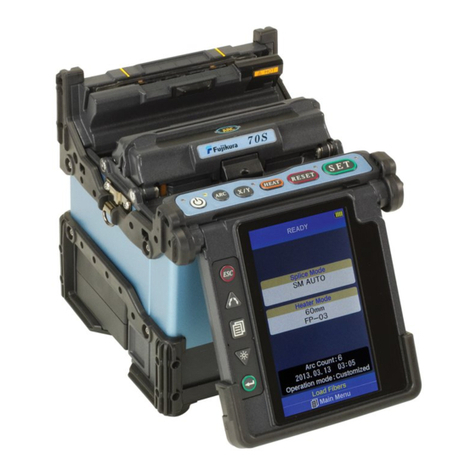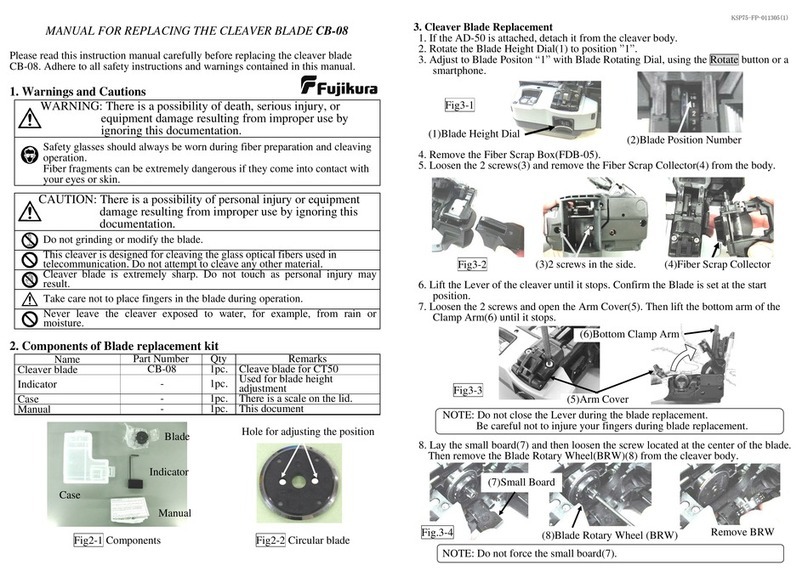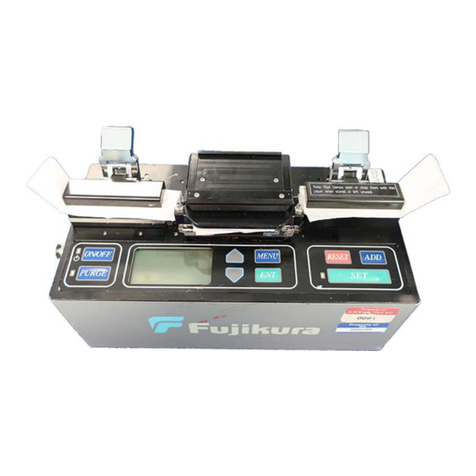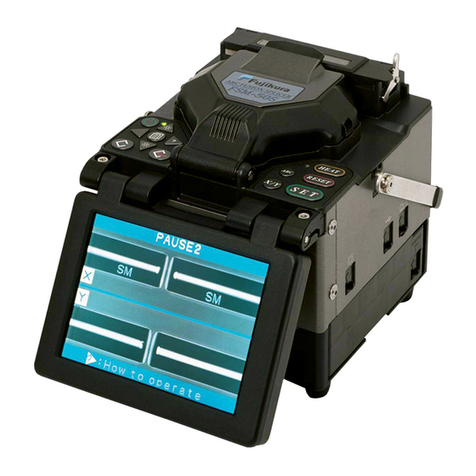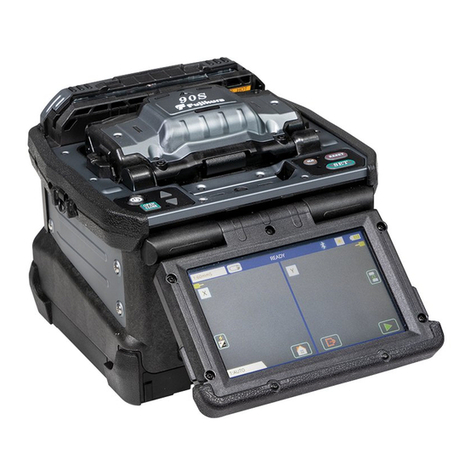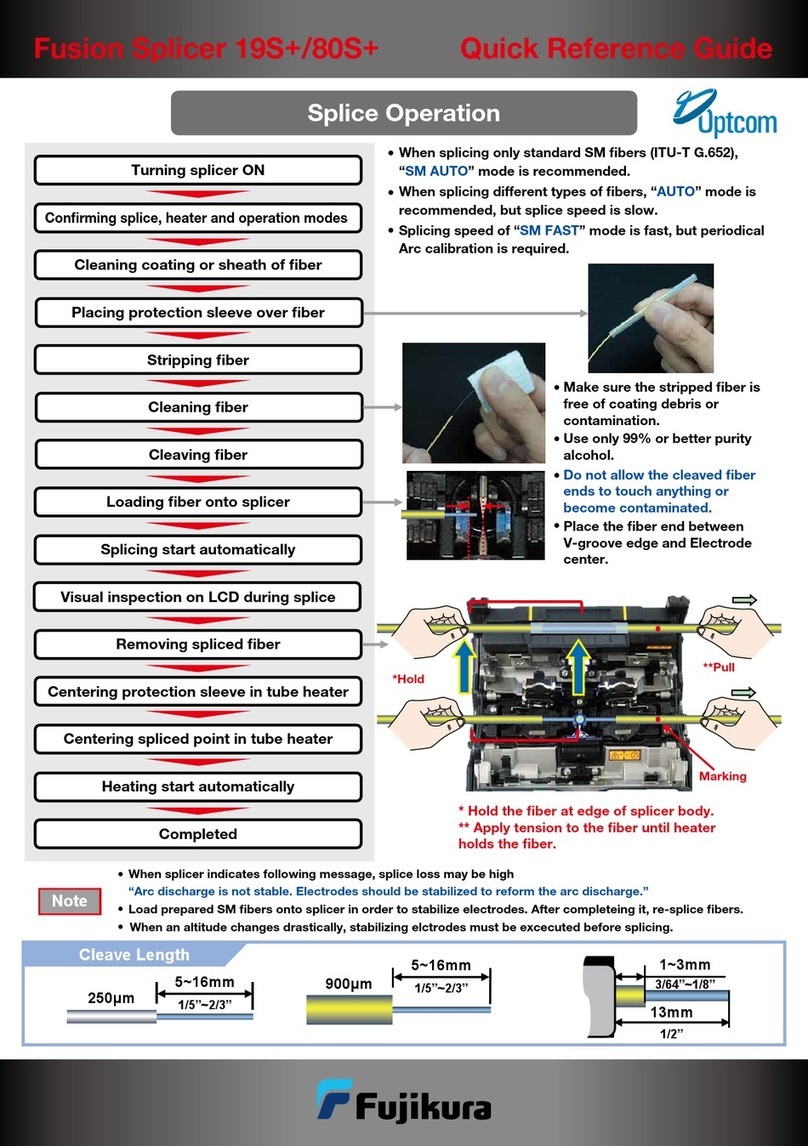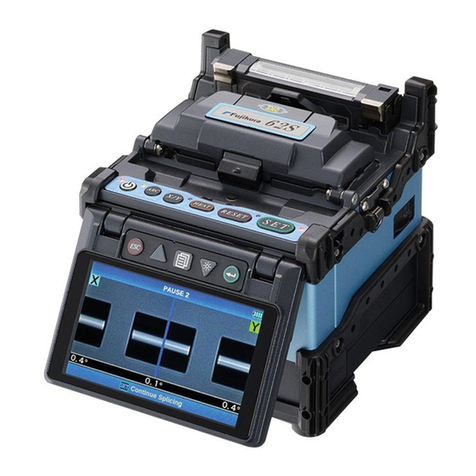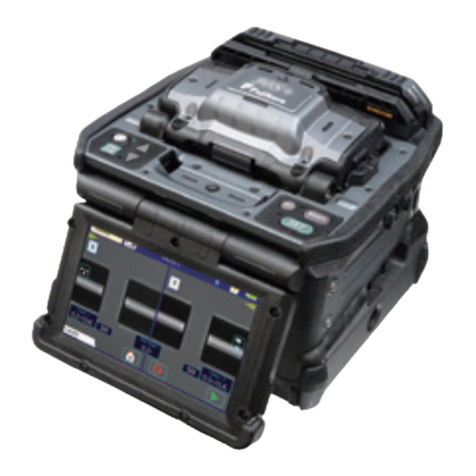Page 2
Table of Contents
§ 1. Introduction....................................................................................................4
§ 2. Notes to users..................................................................................................5
§ 2.1. Warning and Cautions for Maintenance......................................................5
§ 2.2. Abbreviations ...............................................................................................9
§ 2.3. General Overview ........................................................................................9
§ 2.3.1. Composition of FSM-40S.....................................................................................................9
§ 2.3.2. Basics and Preparations.......................................................................................................10
§ 2.3.3. Cleaning and checking before adjustment ..........................................................................11
§ 2.4. Accessing Secret Menu’s and Secret Key Functions ..................................12
§ 2.4.1. “Secret”Menu.....................................................................................................................12
§ 2.4.2. Password..............................................................................................................................14
§ 2.4.3. Total Initialization of all data (Emergency only) ................................................................14
§ 3. Mechanical Assembly................................................................................15
§ 3.1. Focus/Camera Assembly............................................................................15
§ 3.1.1. Camera Assembly................................................................................................................15
§ 3.2. Electrode Unit Assembly............................................................................17
§ 3.3. Z-Axis Unit Assembly.................................................................................19
§ 3.3.1. Z-Axis Unit Assembly.........................................................................................................19
§ 3.3.1.1 Sheath Clamp Top........................................................................................................19
§ 3.3.1.2 Fiber Clamp Arm.........................................................................................................20
§ 3.3.2. Setting Clamp Top...............................................................................................................21
§ 4. Mechanical Adjustment............................................................................22
§ 4.1. Installing Focus Unit ..................................................................................22
§ 4.2. Installing Z-Unit.........................................................................................25
§ 4.3. Installing Tube Heater................................................................................26
§ 4.4. Installing Wind Protector...........................................................................27
§ 4.5. Installing Power Unit Dock to Base-Frame................................................28
§ 4.6. Adjusting the Set-Plate Position to the V-groove .......................................29
§ 4.7. Adjusting Z-Clamp Unit Height.................................................................29
§ 4.8. Adjustment Fiber Clamp Position.............................................................30
§ 4.9. Adjusting Display Image............................................................................31
§ 4.9.1. Rough Adjusting Display Image.........................................................................................31
§ 4.9.2. Adjusting Camera Inclination.............................................................................................32
§ 4.9.3. Image Alignment.................................................................................................................34
§ 4.9.4. Wind Protector Mirror Adjustment .....................................................................................36
§ 4.10. Adjustment of XY Unit.............................................................................37
§ 4.10.1. Confirmation of XY adjustment condition........................................................................37
§ 4.10.2. Confirmation of Swing-arm Travel...................................................................................39
§ 4.11. Adjustment of Focus Motor LS-dog’s Position.........................................40
§ 4.12. Adjustment of Focus-Mechanical-Stopper’s Position..............................41
§ 4.13. Confirmation of Z Motor End Play..........................................................42
